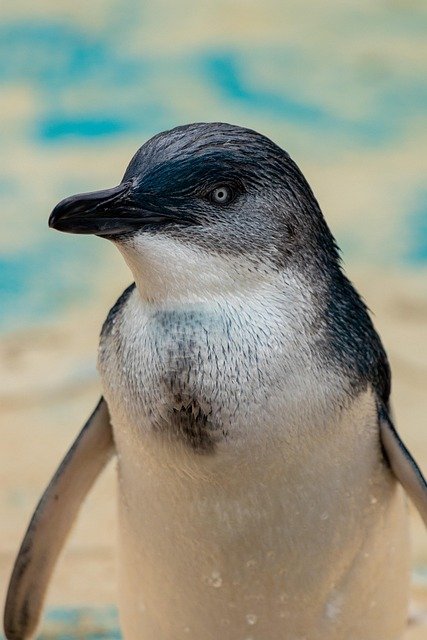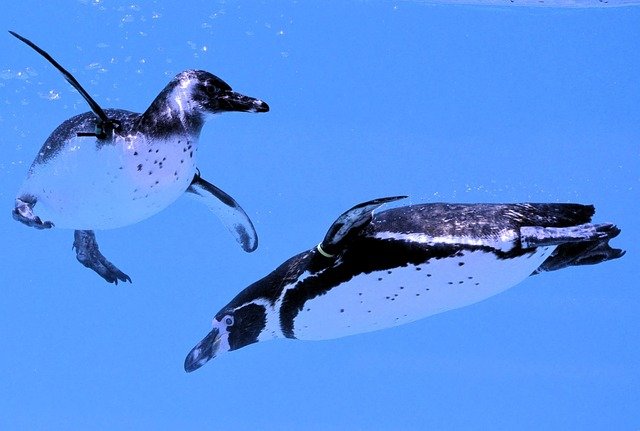**Title:** "The Social Dynamics of Penguin Colonies: Communication, Cooperation, and Conflict" **

The Social Dynamics of Penguin Colonies: Communication, Cooperation, and Conflict
Penguins are fascinating creatures that have captured the hearts of many with their charming waddles and social behaviors. Living in colonies that can number in the thousands, these flightless birds exhibit complex social dynamics that are essential for their survival. In this post, we will explore the intricate facets of communication, cooperation, and conflict within penguin colonies.
Communication: The Language of Penguins
Penguins are known for their diverse vocalizations, which play a crucial role in their social interactions. From the distinctive braying of the African penguin to the trumpeting calls of the Emperor penguin, these vocal signals help individuals identify mates, establish territory, and maintain group cohesion.
Key Aspects of Penguin Communication:
- Vocalizations: Each species has its own unique set of calls, and individual penguins can recognize the calls of their mates, even in crowded colonies.
- Body Language: Penguins also use body posture and movements to convey messages. For instance, a penguin may bow or flap its wings to assert dominance or attract a mate.
- Visual Signals: During courtship, penguins often engage in elaborate displays that include head bobbing and preening, which further enhances their social bonds.
Cooperation: Working Together for Survival
Cooperation is vital in penguin colonies, especially when it comes to breeding and raising chicks. Many species exhibit remarkable teamwork, which enhances the survival rates of their young.
Examples of Cooperative Behavior:
- Nest Building: Penguins often work together to gather materials for nest building, ensuring a safe environment for their eggs.
- Chick Rearing: In species like the Emperor penguin, parents take turns incubating their eggs and feeding their chicks. This cooperative breeding strategy allows for better survival rates in harsh climates.
- Huddling: To combat the extreme cold of their habitats, penguins often huddle together in large groups, conserving heat and protecting each other from the elements.
Conflict: Navigating Social Hierarchies
Despite their cooperative nature, penguin colonies are not without conflict. Competition for resources, mates, and territory can lead to aggressive behaviors and social hierarchies.
Sources of Conflict:
- Territorial Disputes: Male penguins may engage in fights to establish dominance and secure prime nesting sites.
- Resource Competition: During breeding season, competition for food can lead to aggressive interactions, particularly when resources are scarce.
- Social Hierarchies: Within colonies, penguins often establish pecking orders, with dominant individuals having preferential access to mates and food.
Conclusion
The social dynamics of penguin colonies are a testament to the complexity of animal behavior. Through effective communication, cooperation, and navigation of conflict, these remarkable birds thrive in some of the harshest environments on Earth. Understanding their social structures not only enhances our appreciation of penguins but also sheds light on the evolutionary strategies that enable species to adapt and survive.
As we continue to study these incredible animals, we gain valuable insights into the intricate web of life that connects all living beings. Whether you're a seasoned researcher or simply a penguin enthusiast, the social lives of these birds offer a captivating glimpse into the natural world.
Feel free to share your thoughts or experiences with penguins in the comments below! 🐧

Upvoted! Thank you for supporting witness @jswit.